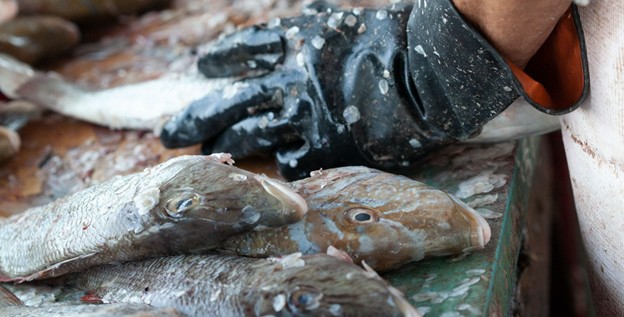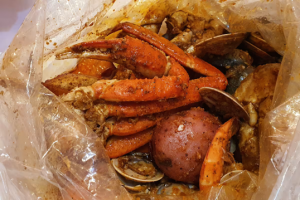Art of Scaling Fish

Art of Scaling Fish
As a long-time fisherman, the only thought and direction when scaling fish is to ensure you get them all. With that in mind, I went about the job of scaling fish with enthusiasm. Never did I stop to consider whether there was the art of scaling fish or not. The concern was that before the next gutting and cleaning phase, all scales had been removed.
At its core, the type of scales on the fish is the center of the art of scaling fish. Technically, there are 4 types of fish scales. They are placoid, cycloid, ctenoid (pronounced ‘ten-oid’), and ganoid. Most bony fish have cycloid scales. Fish with cycloid scales have the same number of scales their entire lives – the scales enlarge to accommodate a fish’s growth (scales that are lost to injury will be regrown). Fish scalers make scaling fish easier and contains most of the scales. They find it better than using a knife, fork, or spoon, making kitchen cleanup easier. The scales don’t fly around as much, making cleanup even easier.
To process a whole fish, start by determining what you want to do with it. In this lesson, we are preparing a fish to be roasted whole. That means it should have the scales, guts, and gills removed. If you prefer, you can also remove the head. My preference is to remove the head so the fish are not looking at me.
Art of Scaling Fish Considerations
Almost never thought about (for me) are the four categories of fish body shapes. Those shapes are:
- Fusiform (bullet, or torpedo shape)
- Depressiform (broad shape and flat top to bottom)
- Compressiform (tall, thin shape and flat side to side)
- Vertically flattened shape that is somewhat depressiform (flat top to bottom)
The only true challenge I’ve confronted over the years of cleaning fish is being able to hold on. To effectively scale a fish, hold it firmly, use the blunt edge of a knife or fish scaler, and scrape away the scales. Moving from the tail towards the head, ensure you rinse off any remaining scales after each side.
In most cases, the fish scales you are likely to encounter are technically safe to eat, as long as they have been properly cleaned and cooked. However, most people prefer not to eat them due to their unpleasant texture. The potential benefits of eating fish scales are minimal.
![]()




